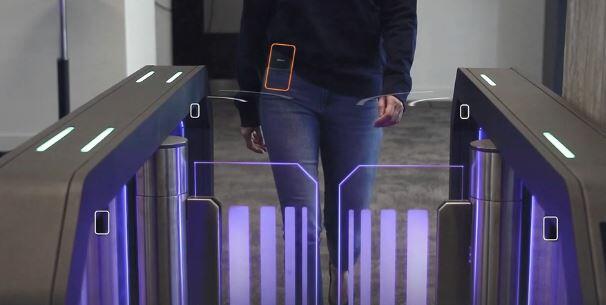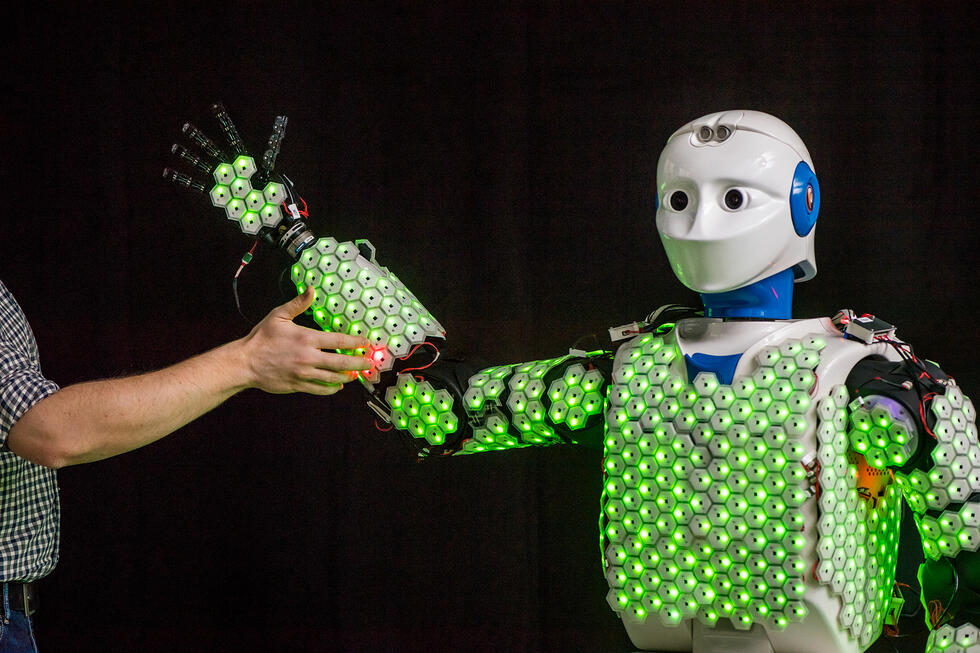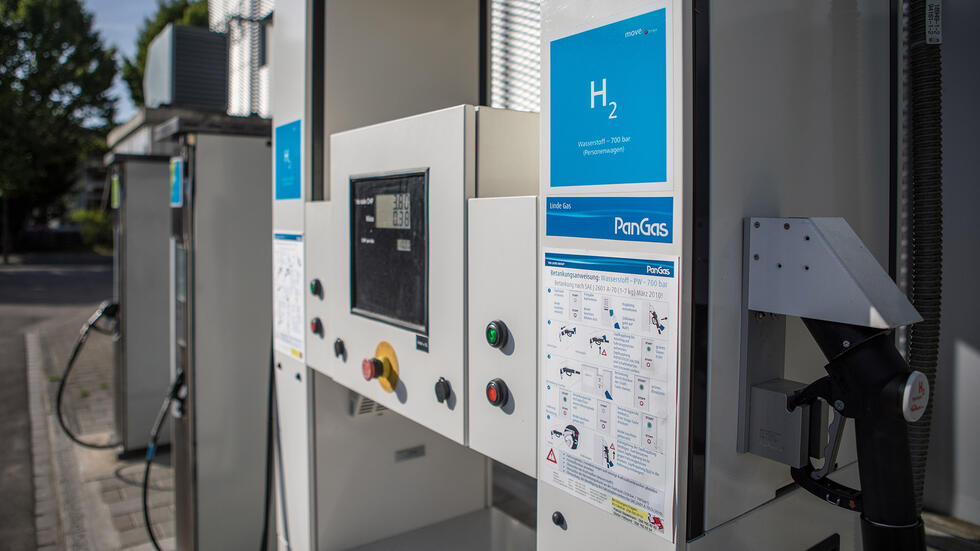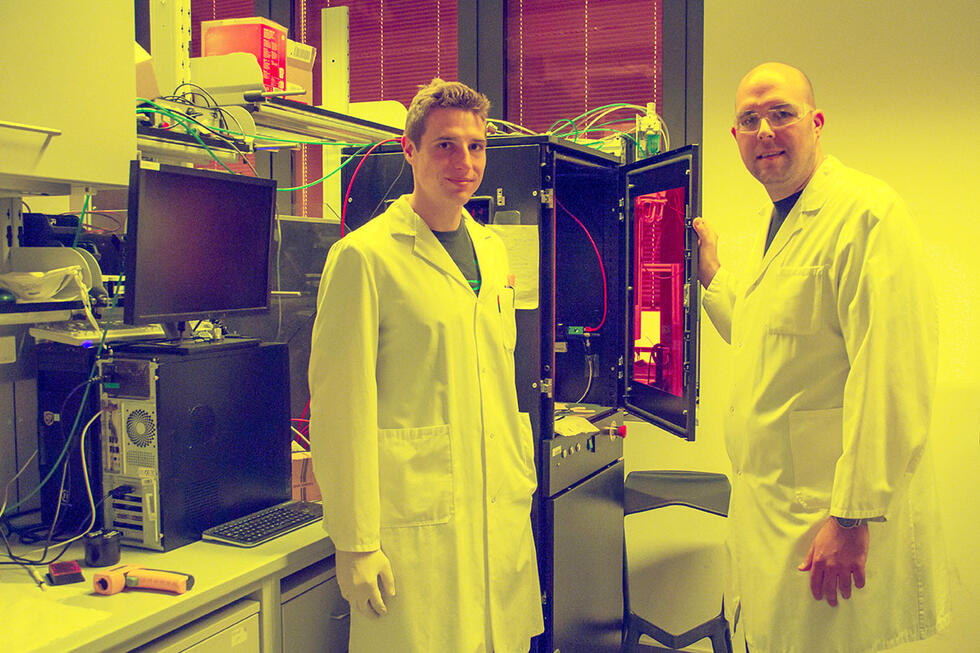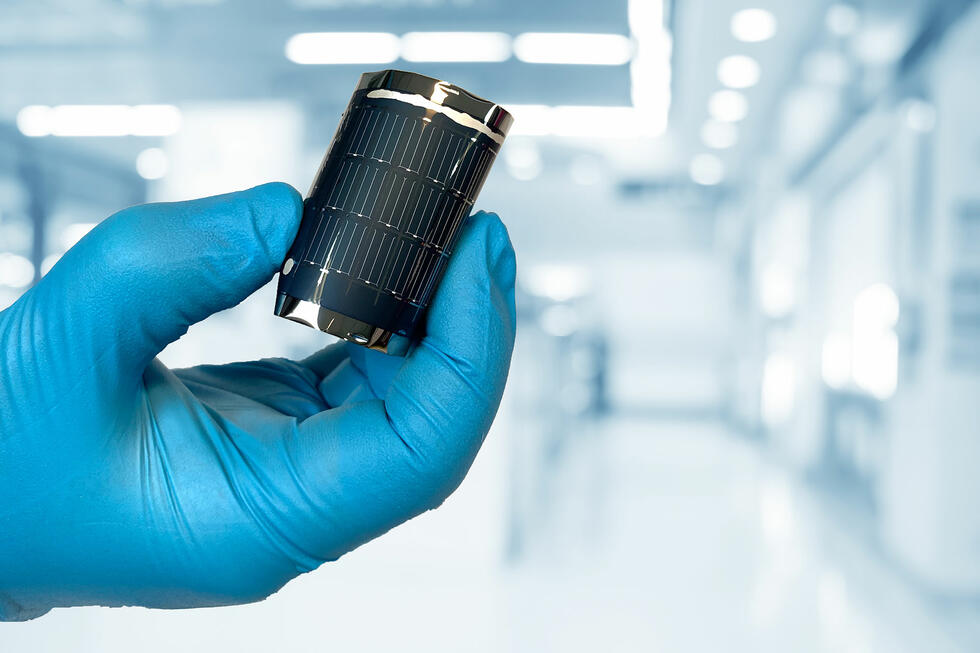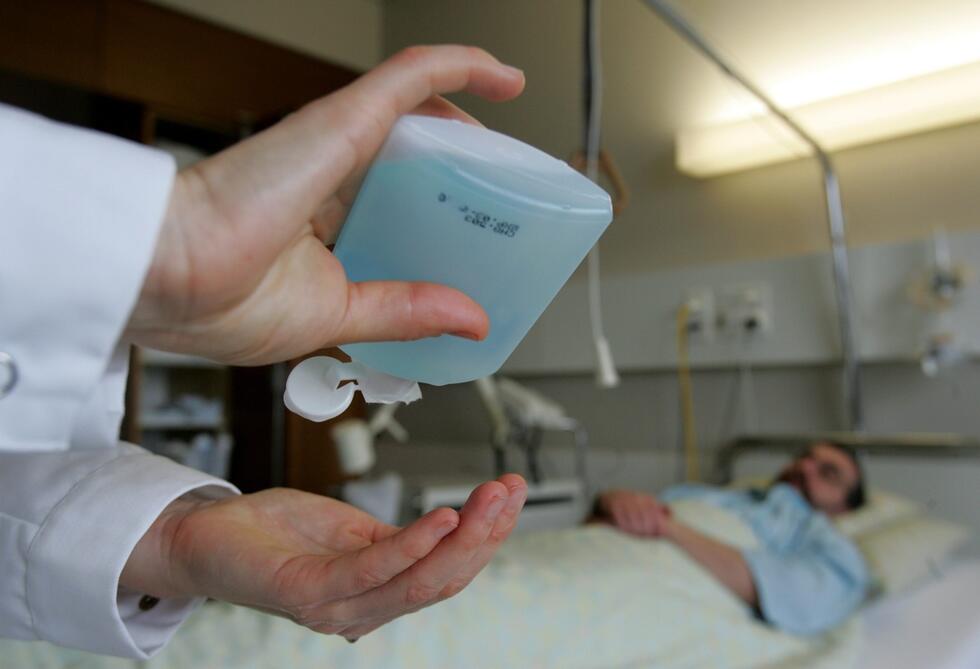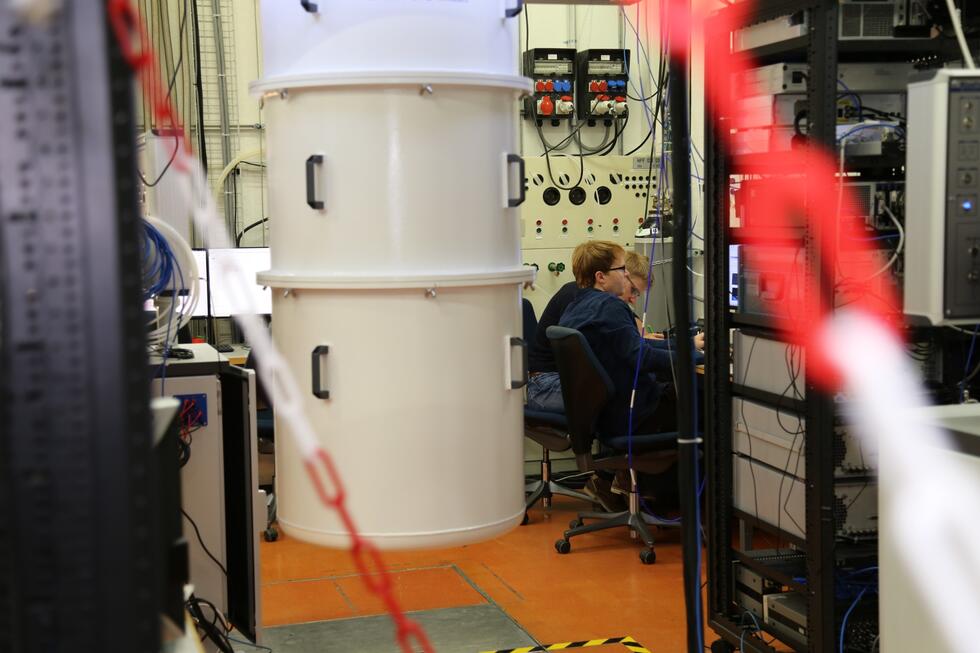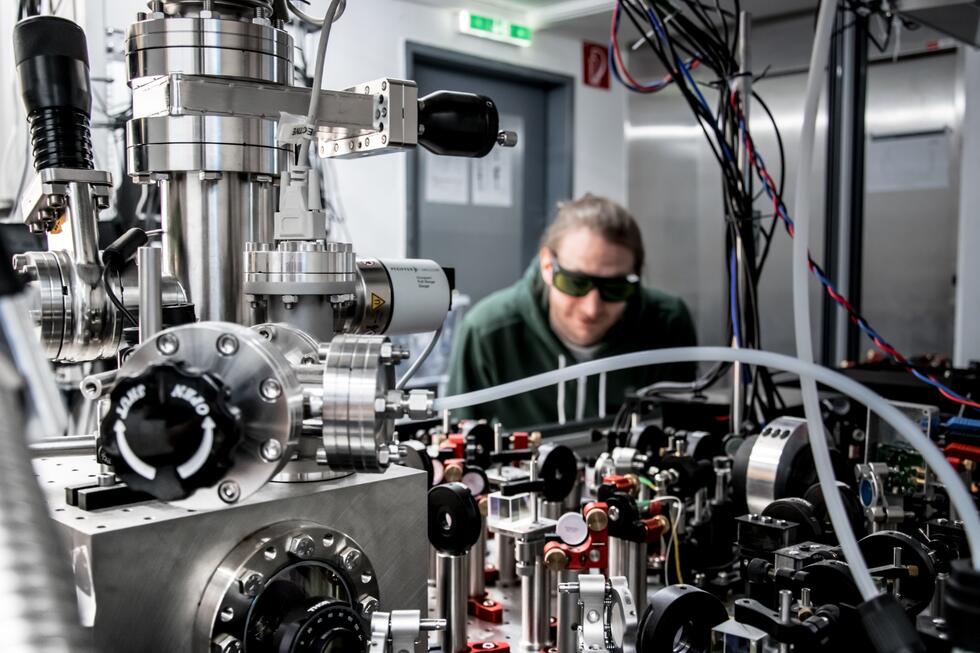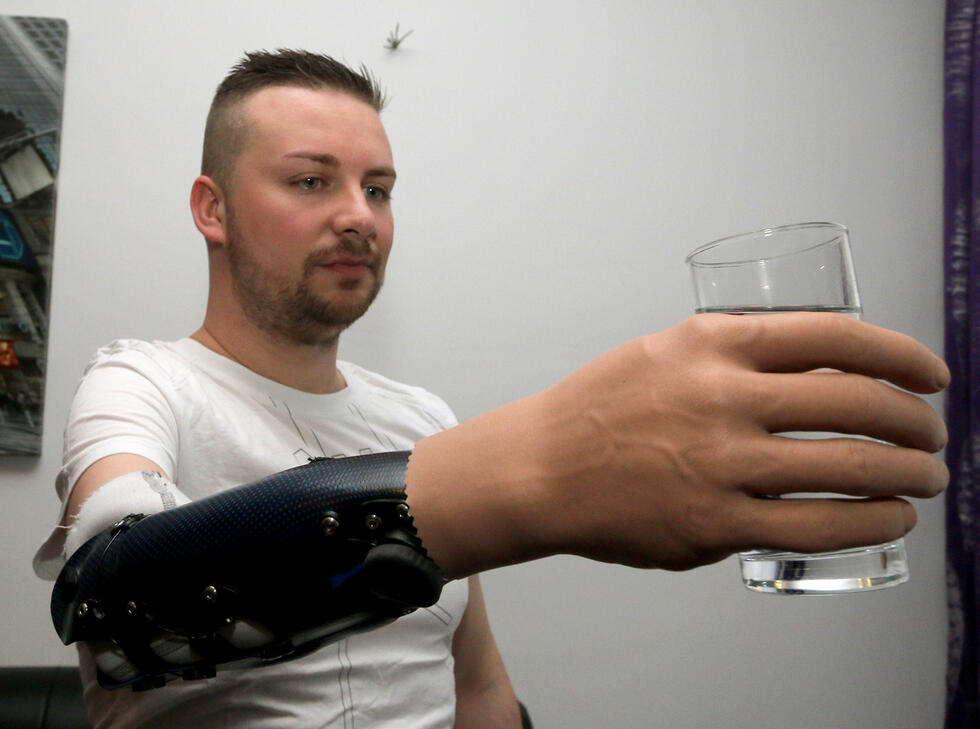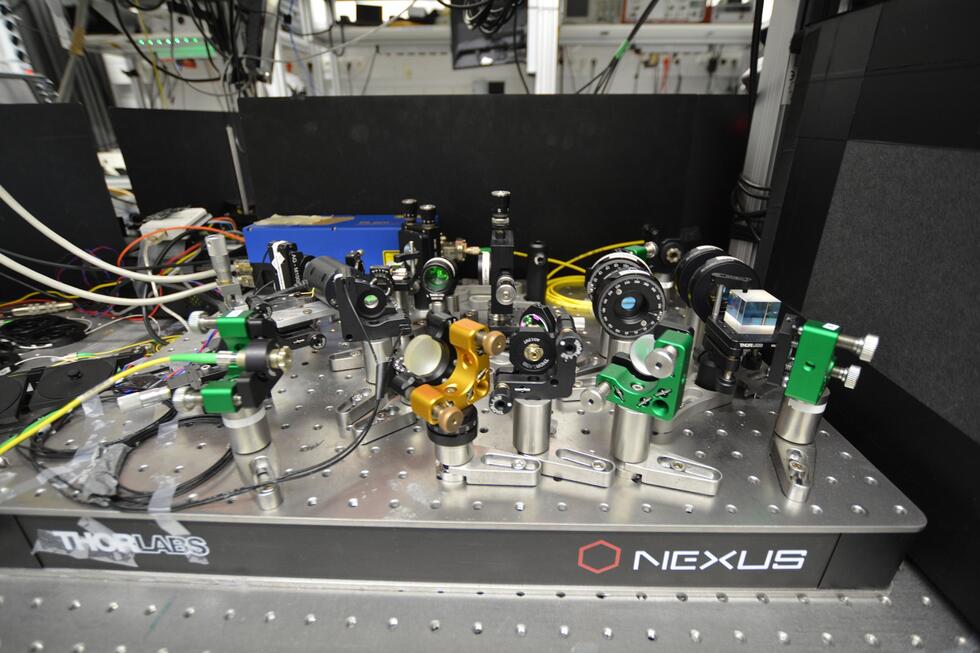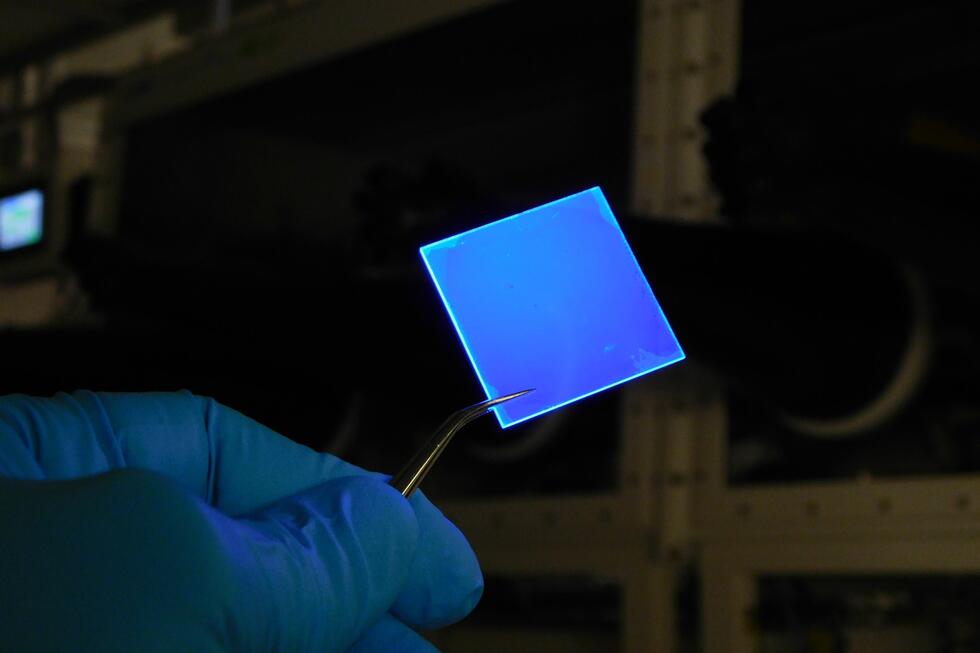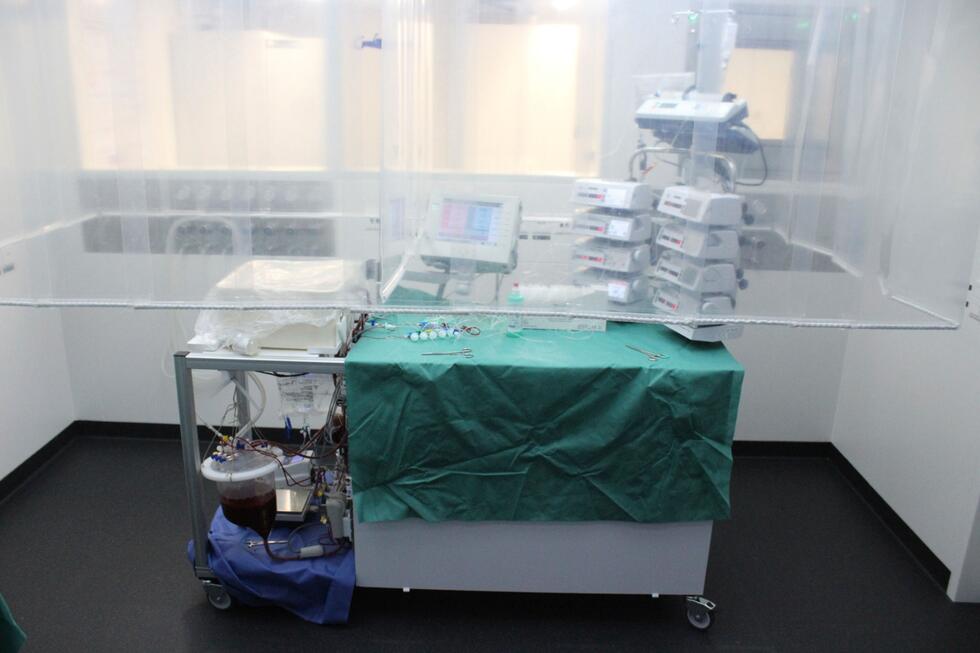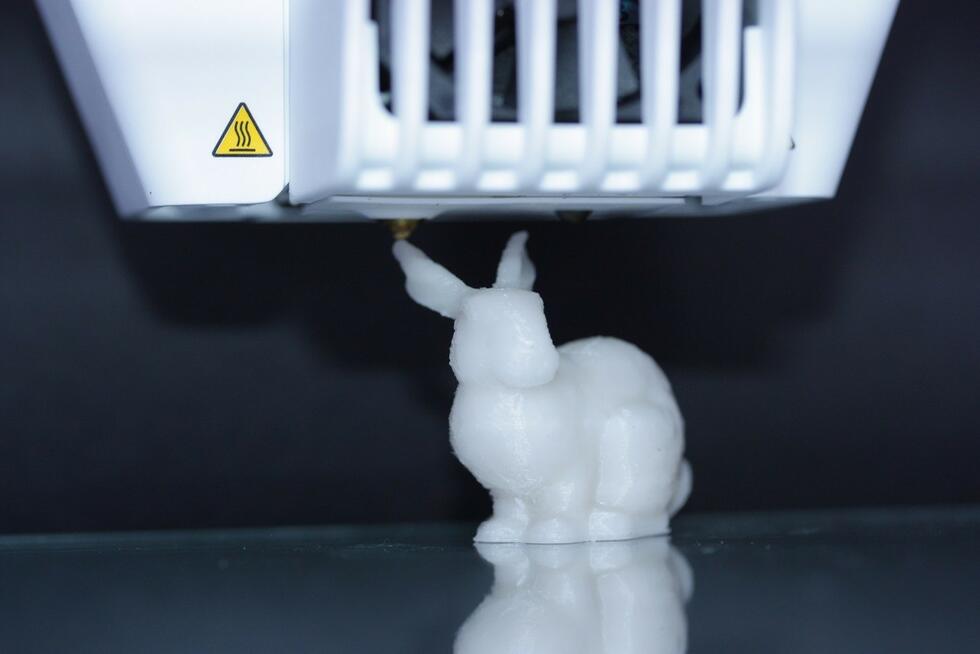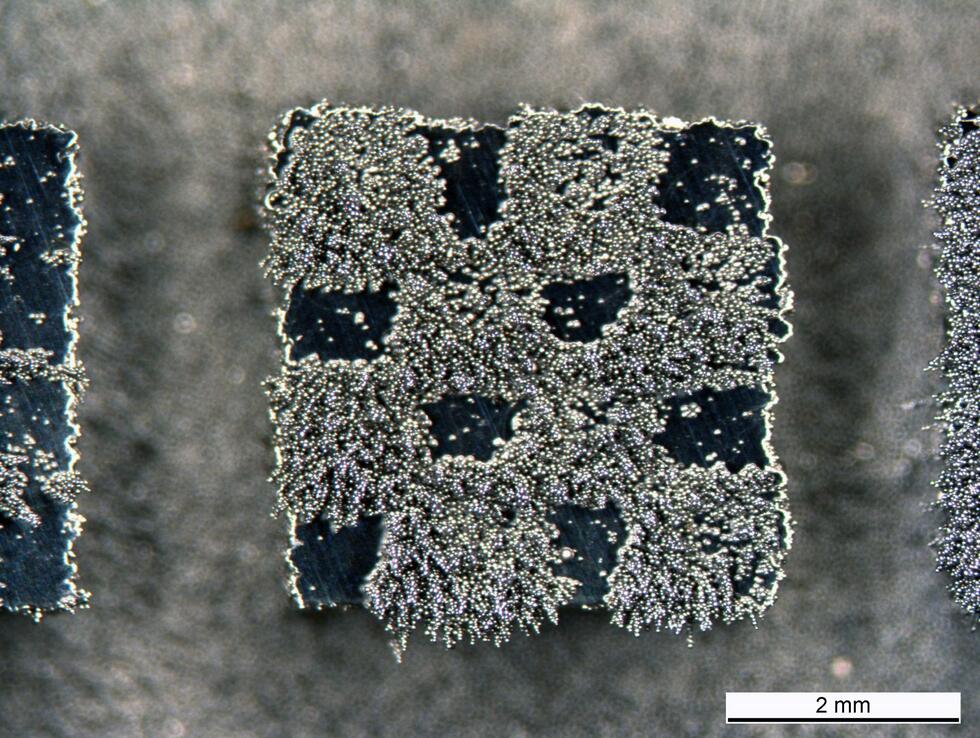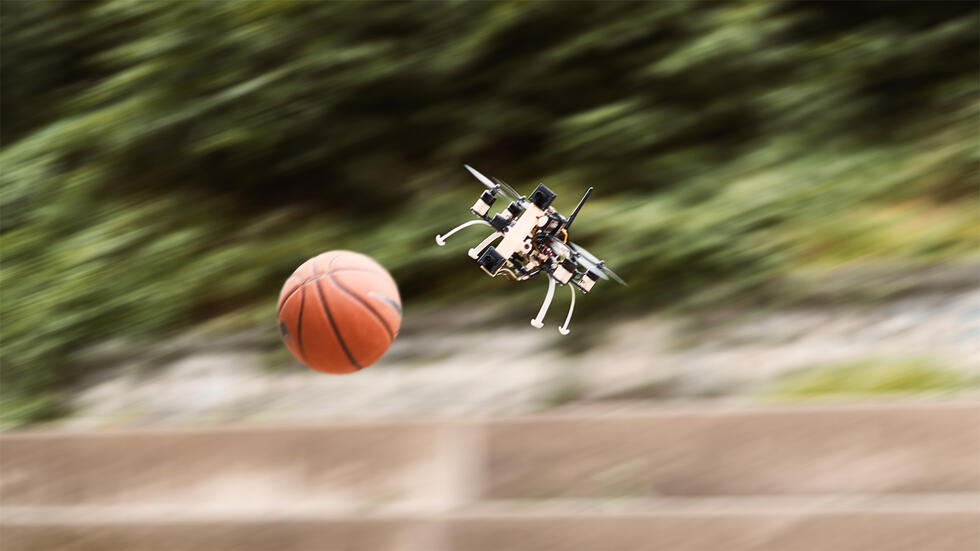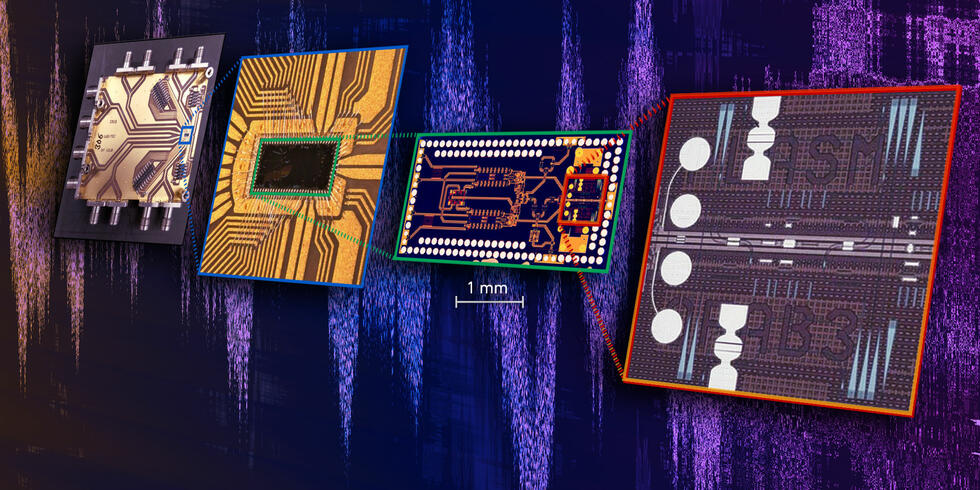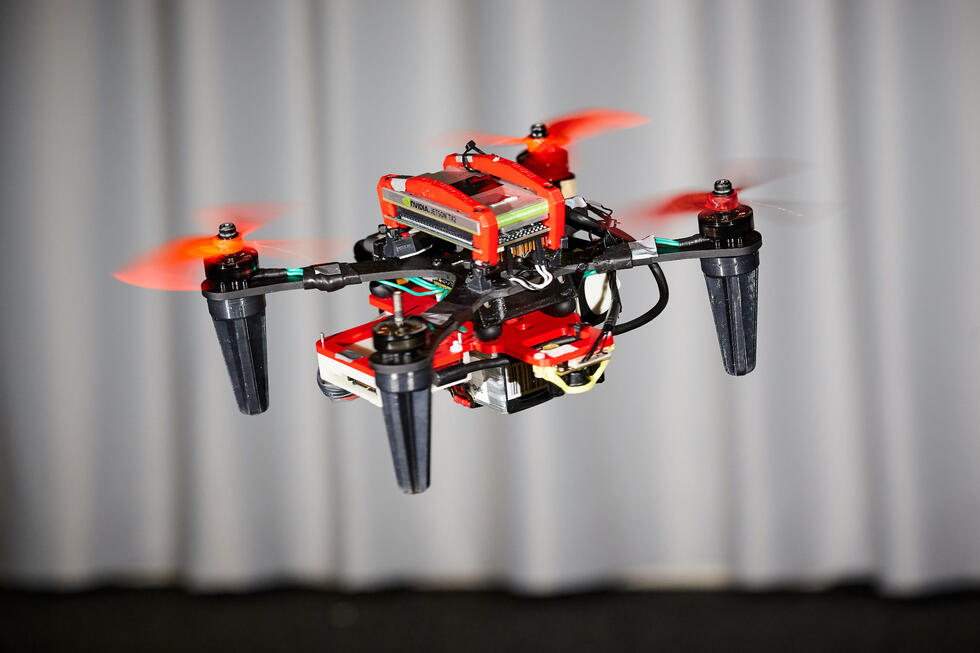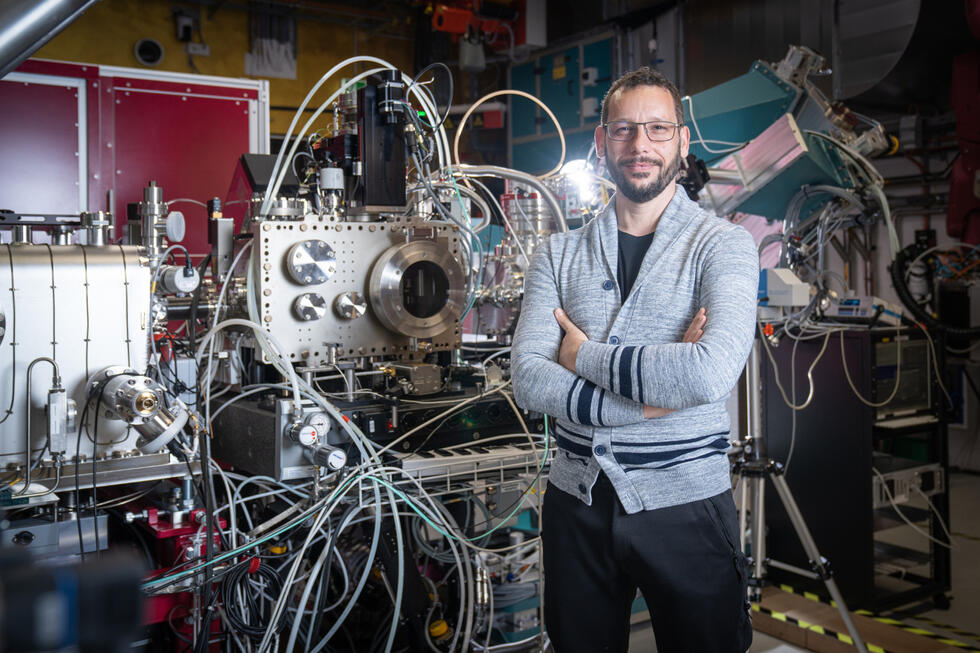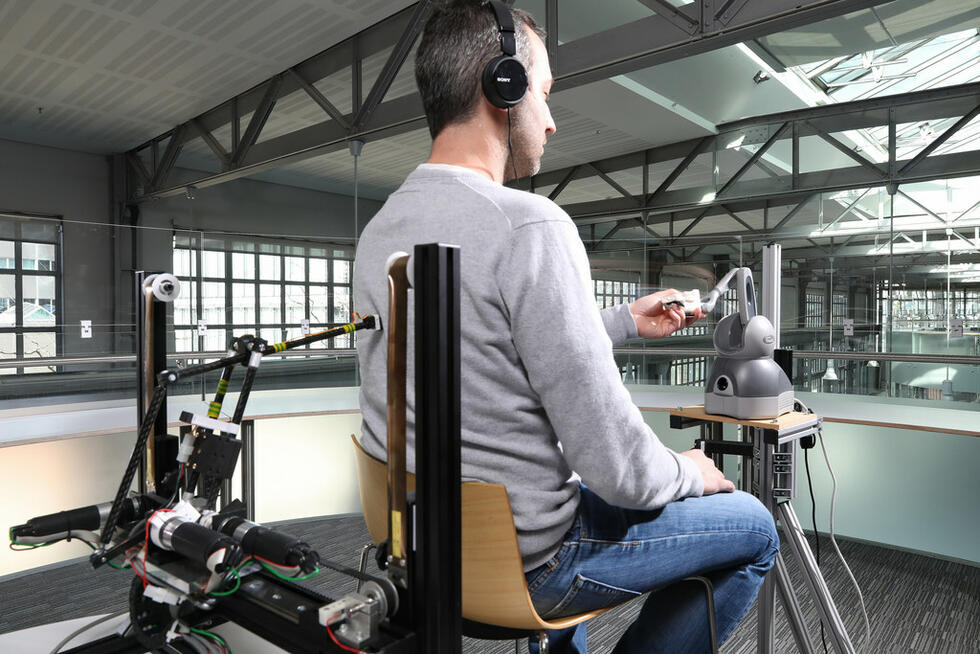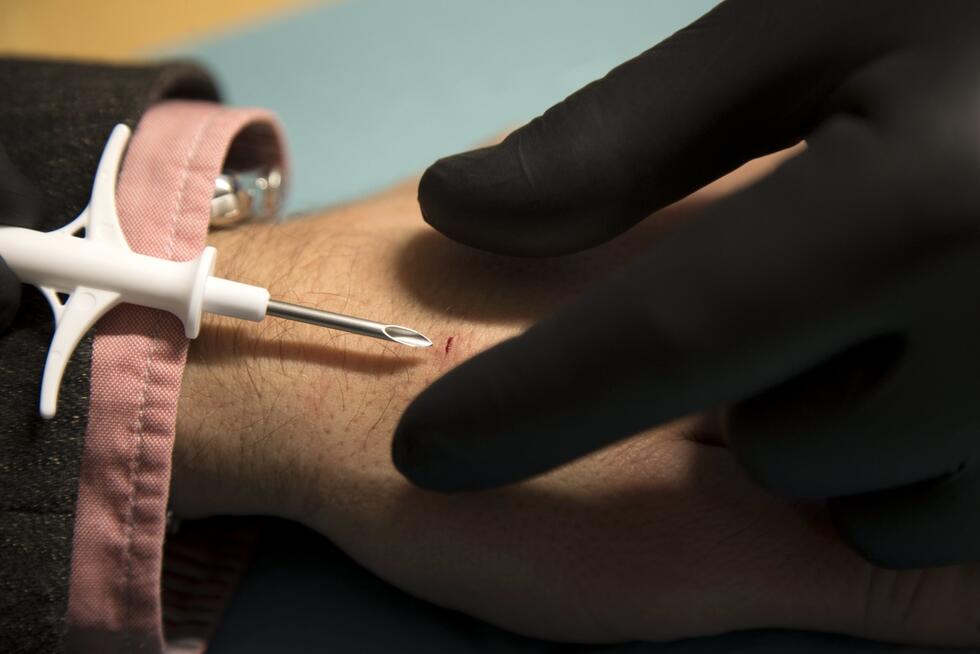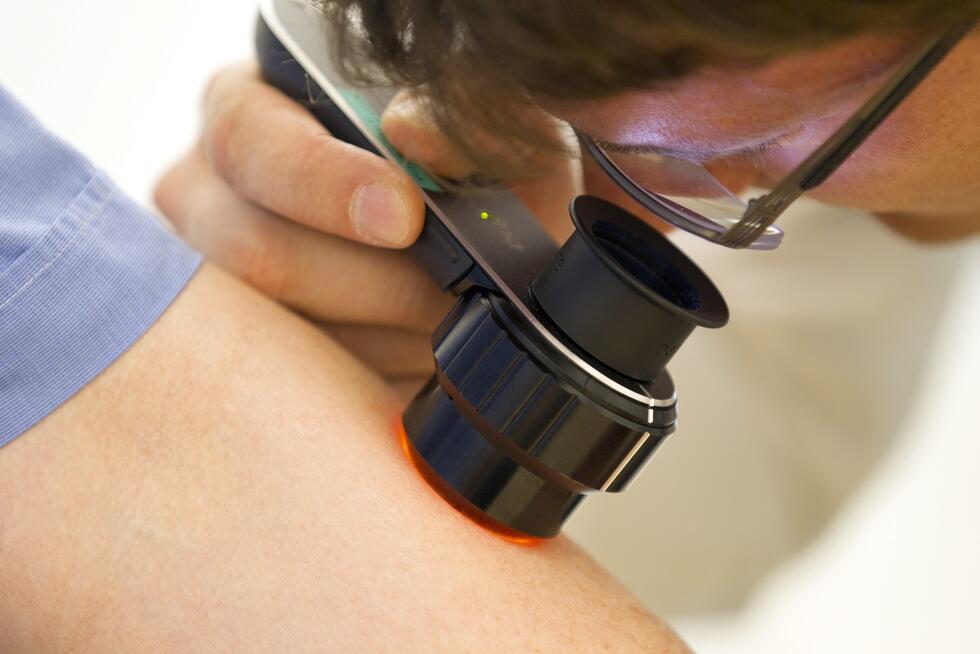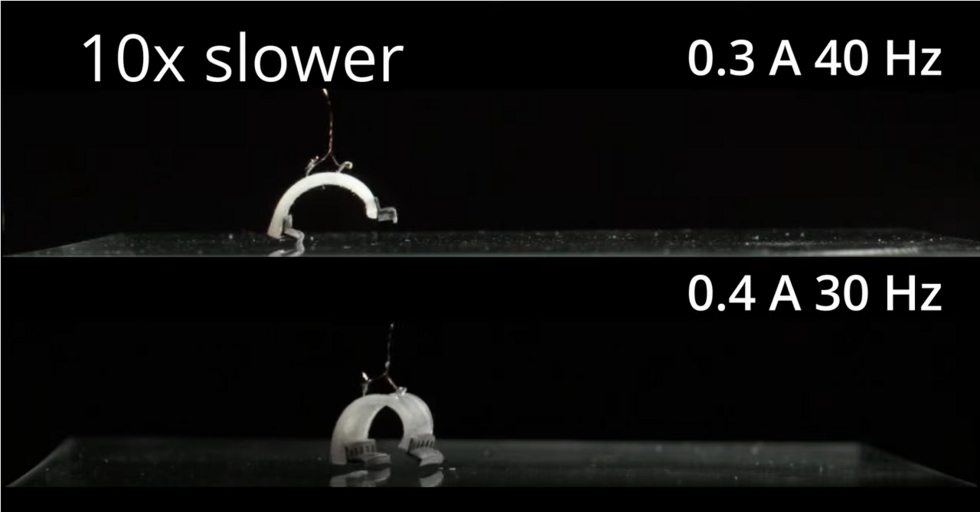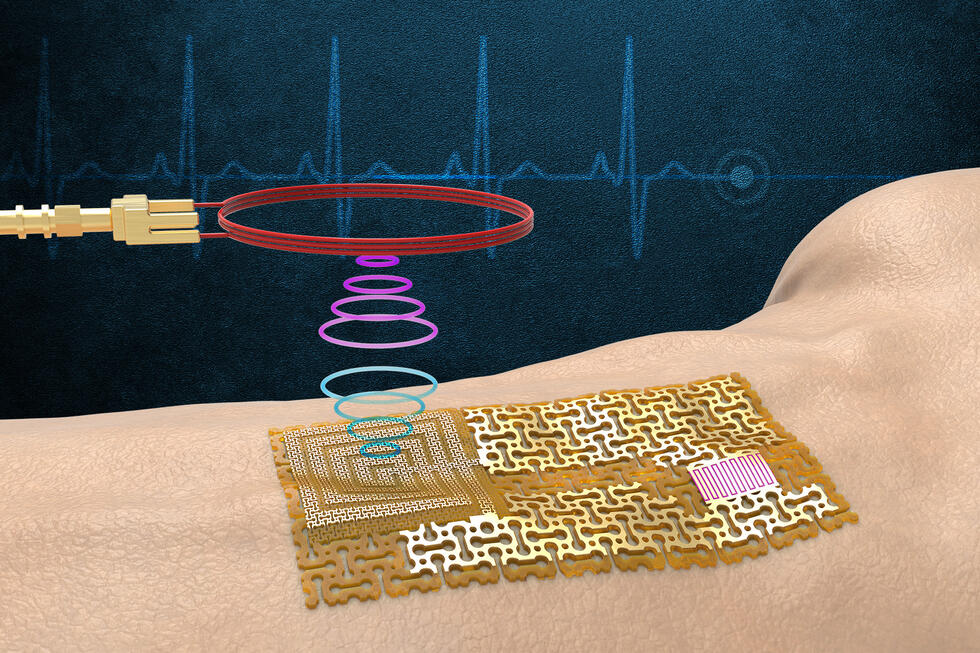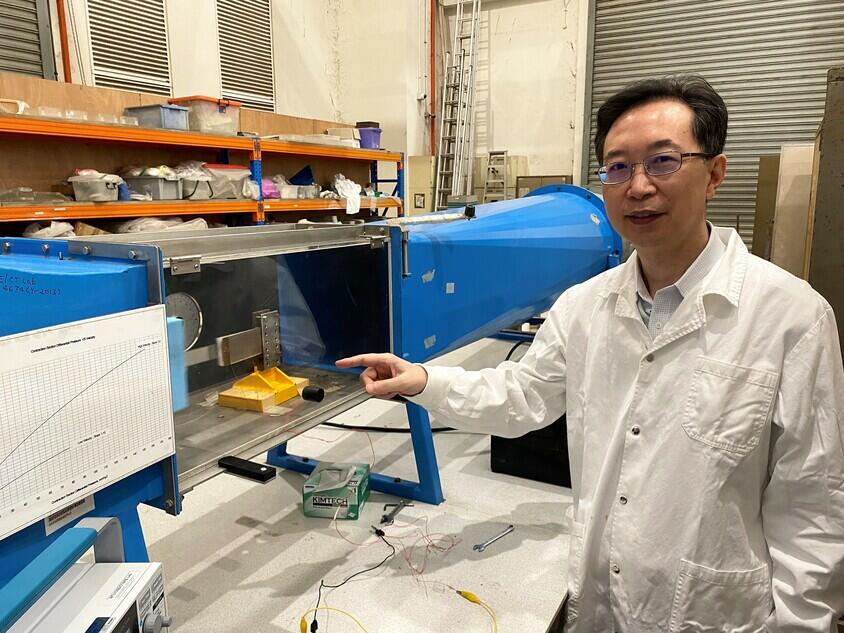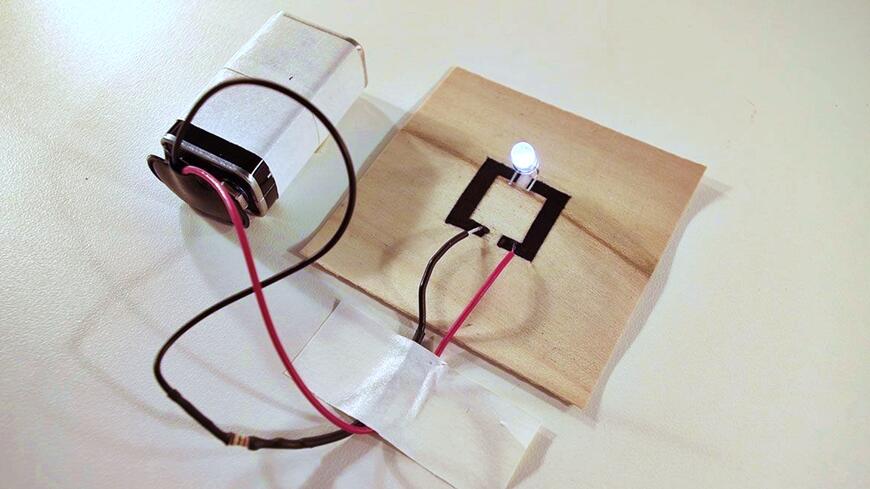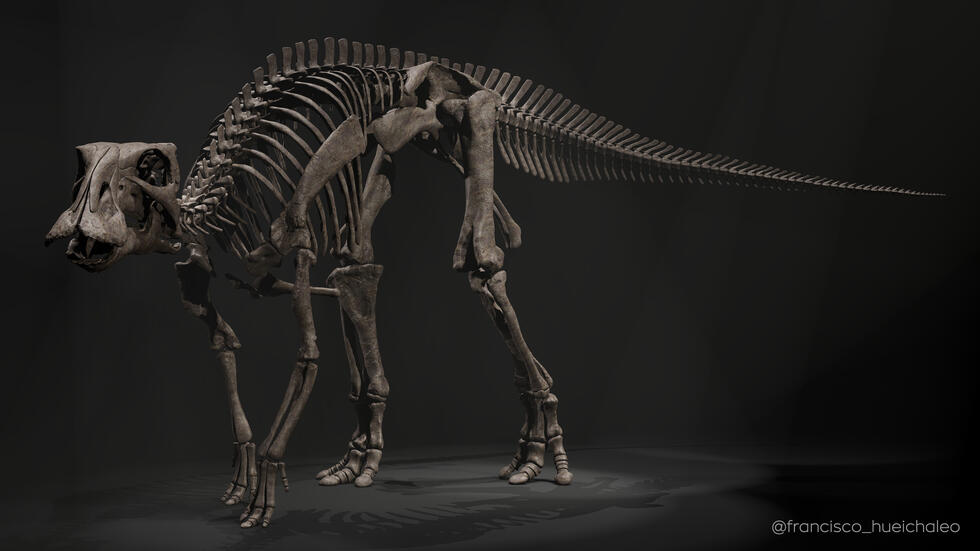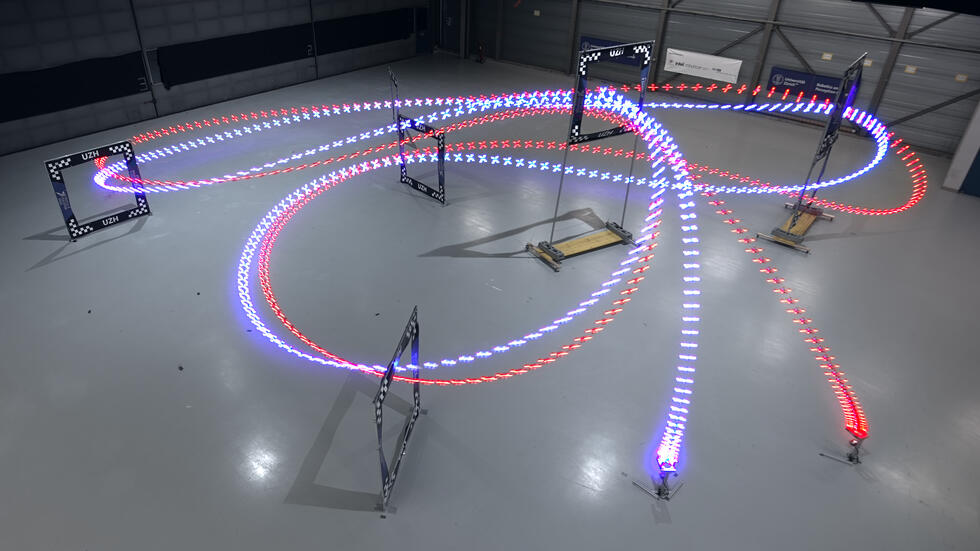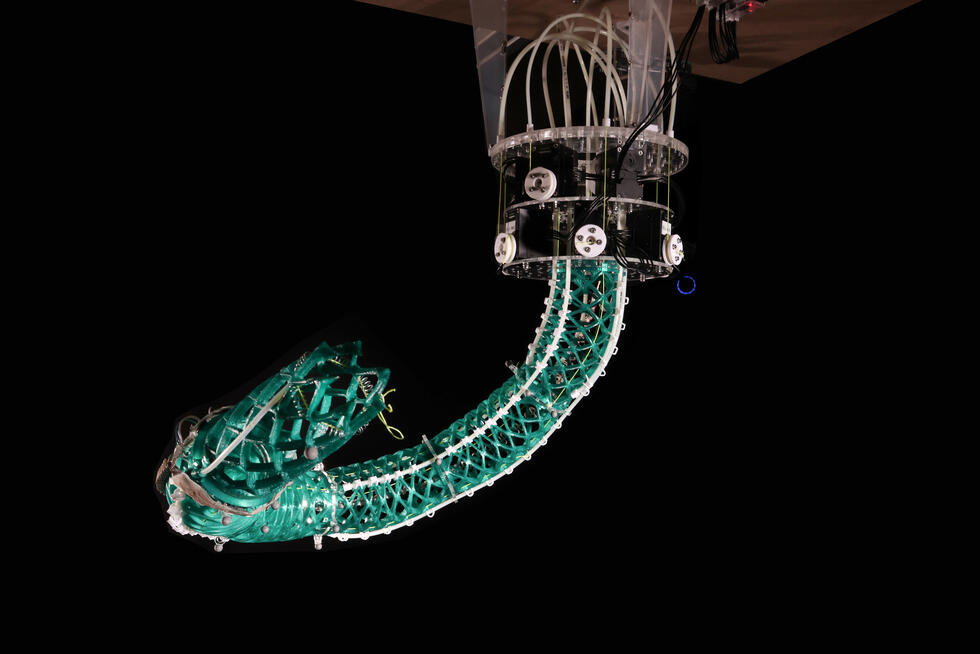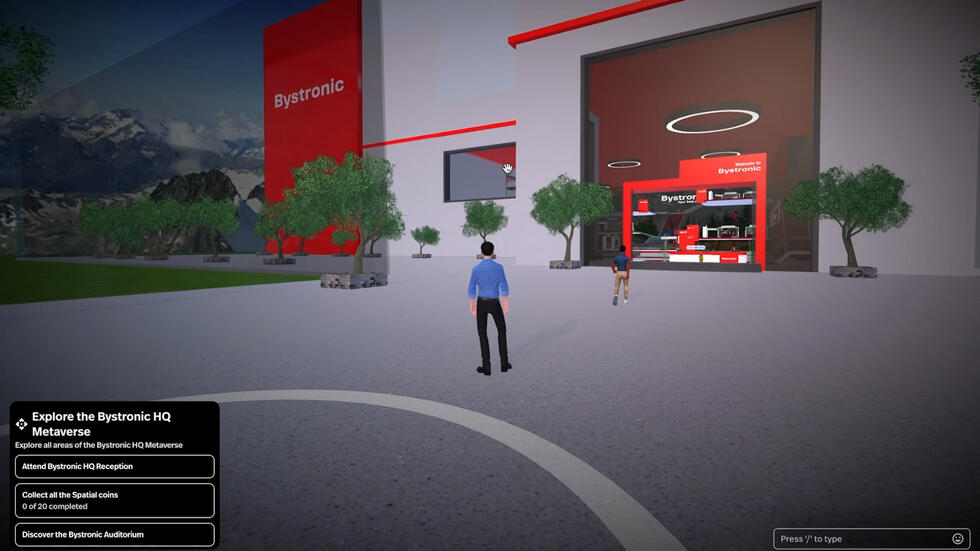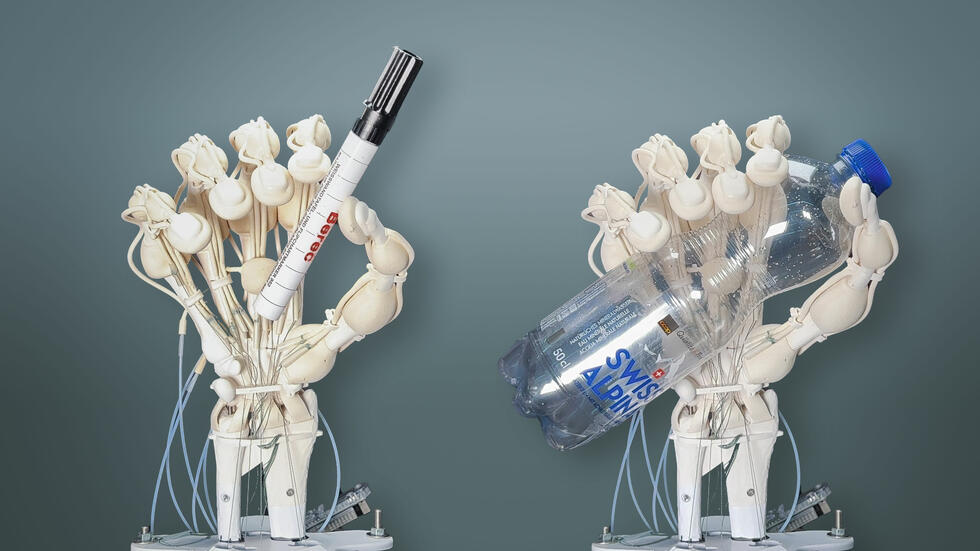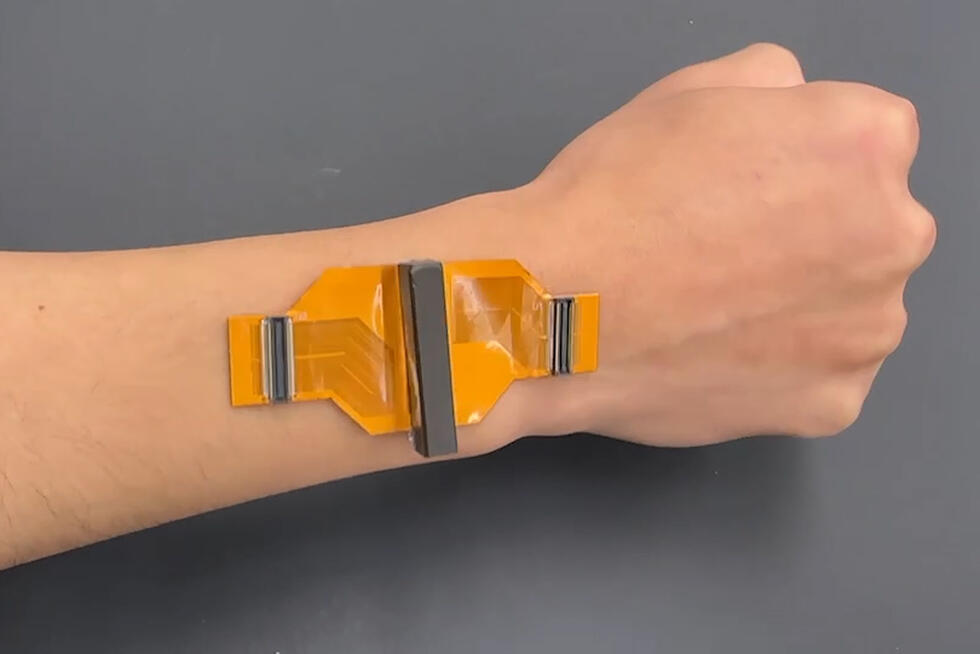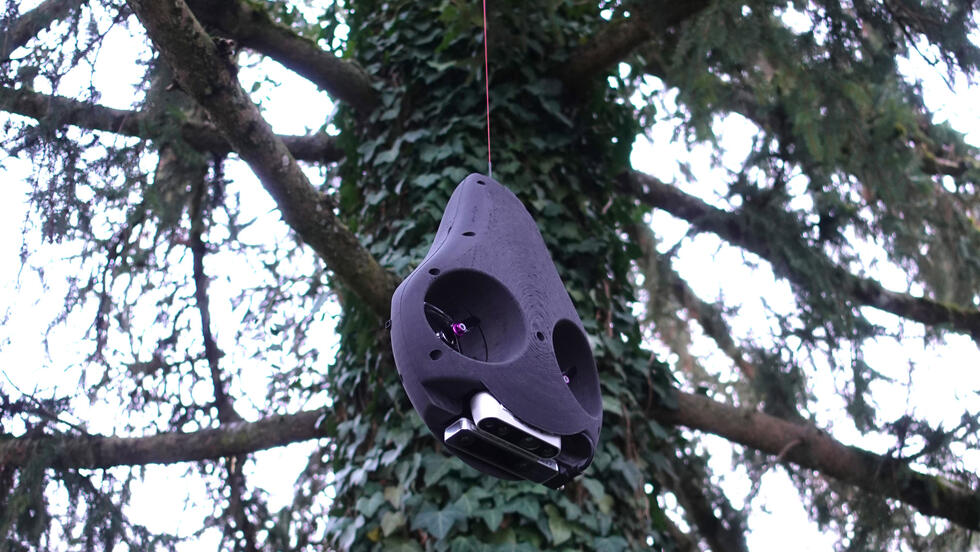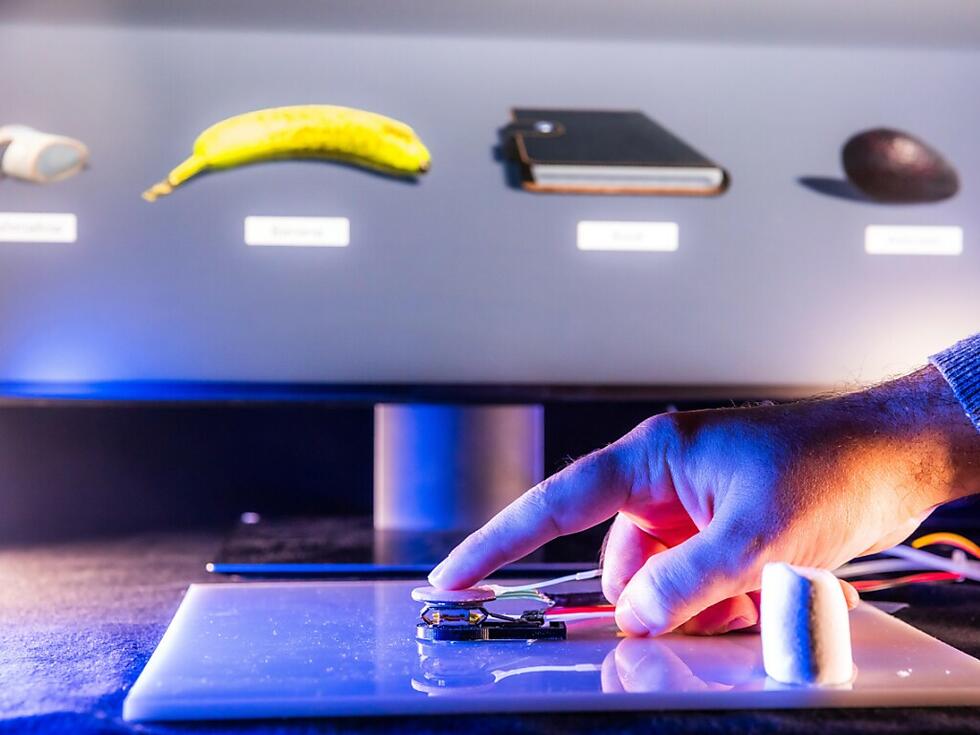SHORT NEWS
Leg prosthesis communicates with the brain thanks to a new interface
An international research team led jointly from Zurich and Lausanne has developed a novel interface between leg prostheses and the wearer’s thigh that transmits sensations to the brain. The interface has already enabled two volunteers to walk more easily and has reduced their phantom pain.
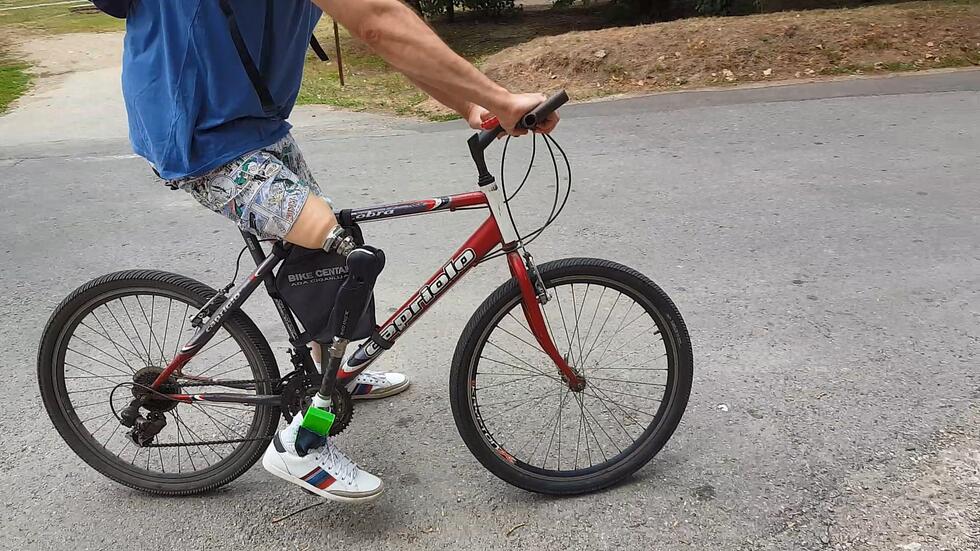
A new interface between the leg prosthesis and the nervous system provides the prosthesis wearer with information on the position and movement of the artificial leg. First experiments with two volunteers yielded promising results, as the international research team led by the Swiss Federal Institute of Technology (ETH) in Zurich and Sensars, a Lausanne-based technology start-up, reported in the “Nature Medicine” journal. Thanks to the sensory feedback, the two volunteers placed greater reliance on their prosthesis and were able to move with less effort.
For the three-month study, a surgeon at the Clinical Centre of Serbia in Belgrade implanted tiny electrodes in the thighs of both prosthesis wearers. Sensors on the sole of the foot and the knee joint of the prosthesis recorded pressure and movement, which with the aid of specially developed algorithms were converted into electrical impulses, the “language of the nervous system”, as stated by the ETH.
The electrodes transmitted these impulses to the nerves, which in turn transmitted them to the brain. The aim was to at least partially restore the sensory neurofeedback that people with intact legs experience.
Less strenuous, less pain
Thanks to the feedback from the prosthesis, through pressure from the sole of the foot and the movement of the knee joint, the two subjects were able to walk with less effort and had to concentrate less intensely, as confirmed by their oxygen consumption and brain activity. The test subjects also progressed faster in the task of learning to walk on sand. When asked, the two prosthesis wearers stated that neurofeedback had increased their confidence in their artificial leg.
With the help of a one-month neuro-stimulation therapy, the researchers also succeeded in freeing the test persons, in one case partially and in the other completely, from phantom pain, the ETH continued. “The toe that I did not have used to hurt me – my big toe, my foot, my heel, my ankle and my calf, everything hurt, and I don't have any of those pains anymore,” one of the test subjects, Savo Panic, was quoted in the press release. Before the start of the study, he was often woken up during the night by phantom pain. Since he started neuro-stimulation, he has experienced no pain.
“Our feasibility study shows how beneficial it is for the health of leg amputees to have a prosthesis that works with neural implants in order to restore sensory feedback,” said ETH’s Stanisa Raspopovic.
However, further developments and studies are still required to make it suitable for everyday clinical use. In the study presented here, the signals from the prosthesis reached the electrodes implanted in the thigh via cables through the skin, necessitating regular medical examinations. In the future, the researchers want to develop a wireless neuro-stimulation device that can be fully implanted. The system would also have to be tested on a greater number of patients and over longer periods of time.


